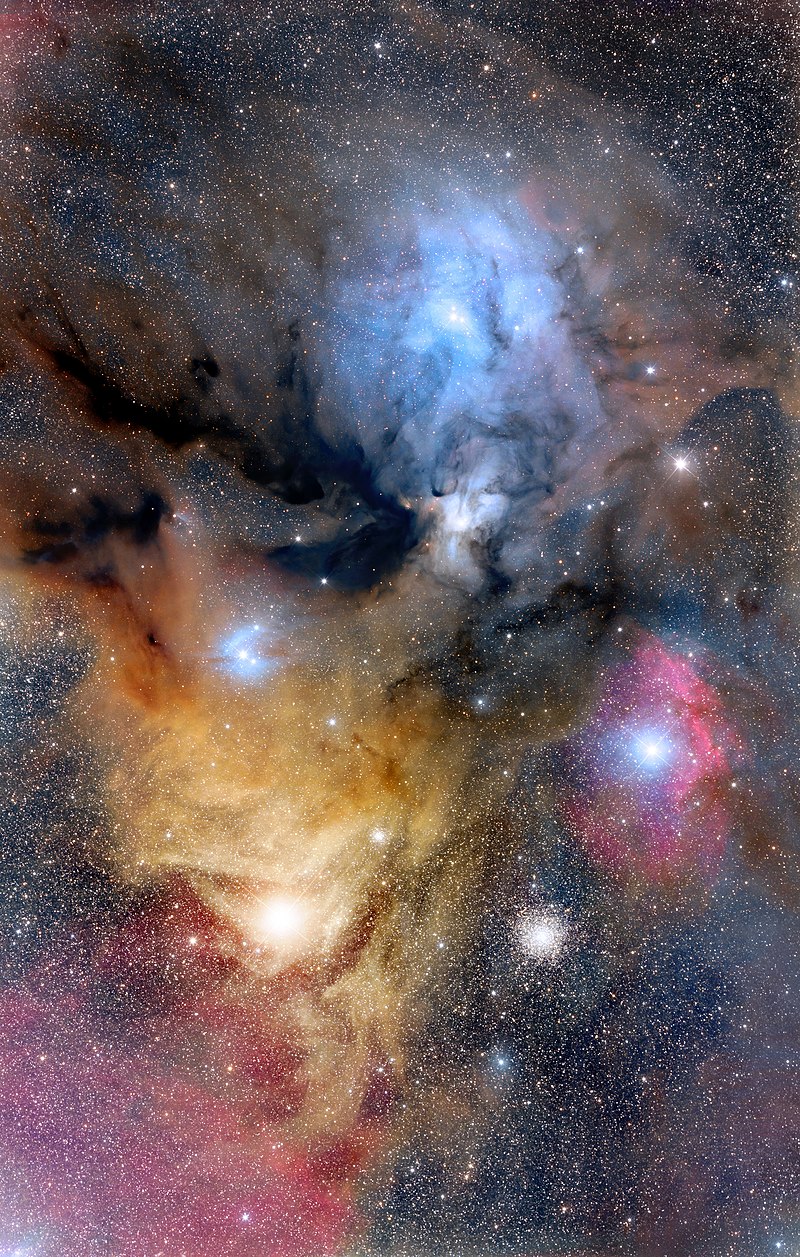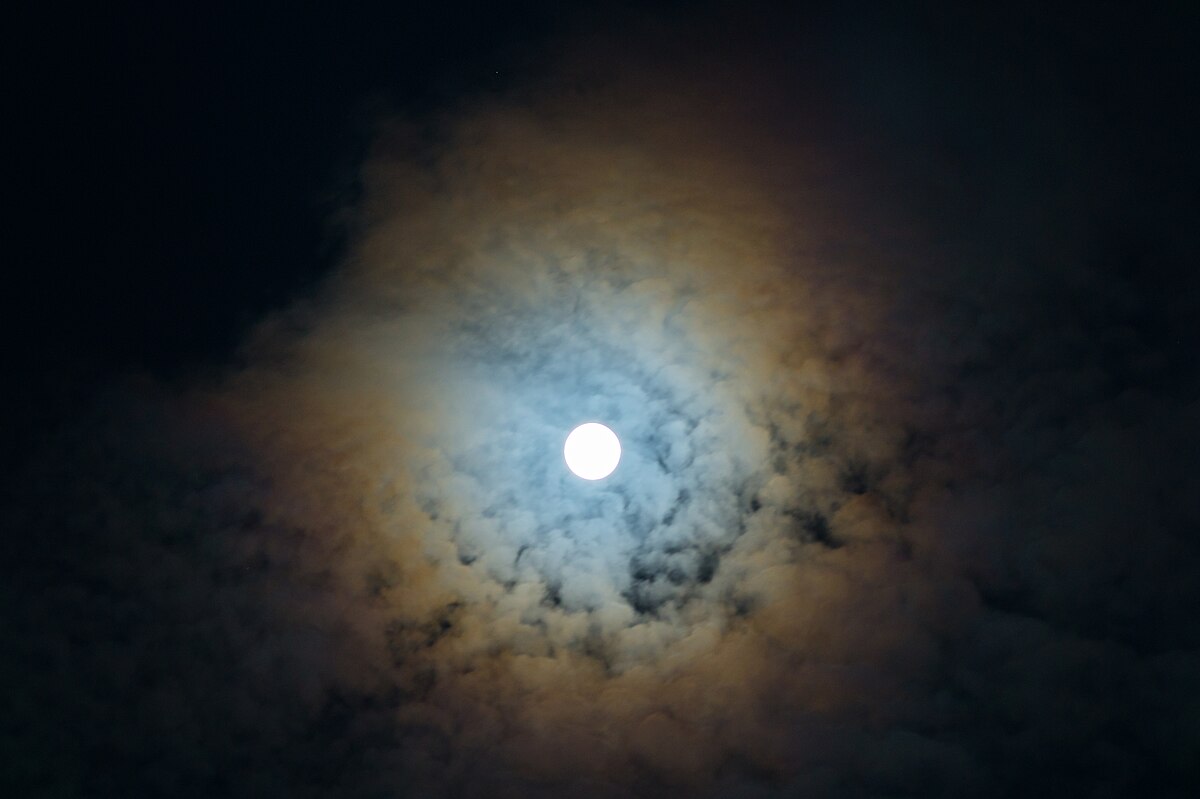VictorBorun wrote: ↑Sat Sep 04, 2021 1:58 am
I wonder:
2)
what is the thing with blue cyan to violet blue hues of the central to peripheral regions of Iris Nebula? Do cyan photons squeeze between dust particles more easily than violet photons?
Good catch, Victor, even though I'm just going to talk about the hints of violet in the Iris Nebula. After all, the blue and cyan hues are just normal blue reflection nebulosity, caused by "forward scattering" of blue light by dust particles behind the light source. (If a substantive wall of dust is in front of the blue light source, the light will be "scattered away" by the dust, so that the shortwave blue and purple photons don't reach us.)
But you mentioned purple hues in the Iris Nebula. And in nebulas, purple color in RGB (+Hα) photography can only mean one thing: The presence of ionized hydrogen along with blue reflection nebulosity.
Let's compare today's APOD with a picture that really brings out the Hα in the Iris Nebula:
The Iris Nebula. Photo: Adam Block.
Note that Adam Block's image is "upside down" compared to Satwant Kumar's. Also note that Adam Block is clearly using an Hα filter for his image, which Satwant Kumar probably is not.
But where is the Hα in Adam Block's image? Let's take another look:
The purple arrows point at pinkish areas that contain red Hα emission. This emission is quite faint. Very many color pictures of the Iris Nebula don't show the Hα at all.
Note that the typical "background color" of cosmic dust is brown. When such dust is "neutrally illuminated" (by white light), it will look light brown and sometimes a little reddish. It can be hard to see the difference between normal illuminated dust and faint reddish Hα emission.
Note that the Hα is seen along the edges of two "hollows" that have been carved in the dust. One of the hollows in the dust has been carved by HD 200775, the star illuminating the Iris Nebula. But there is another "hollow" above it, and one edge, near the purple question mark that I added, looks like it could contain Hα. If Hα is really there, where does it come from? What ionizes the hydrogen here? I'd say that the only answer is that the ionization, if it is really there, is caused by the illuminating star of the Iris Nebula, HD 200775 of spectral class B2.
All right. But where does the "upper hollow" come from? Actually, it has been carved by the cluster inside it, NGC 7023. Yes, that's a cluster! I'm not allowed to add more than three attachments, so I'll show you the cluster in another post!
So anyway, cluster NGC 7023 carved the hollow in the dust, and bright and relatively hot star HD 200775 faintly ionizes one of its edges. Probably!
Ann
 NGC 7023: The Iris Nebula
NGC 7023: The Iris Nebula




